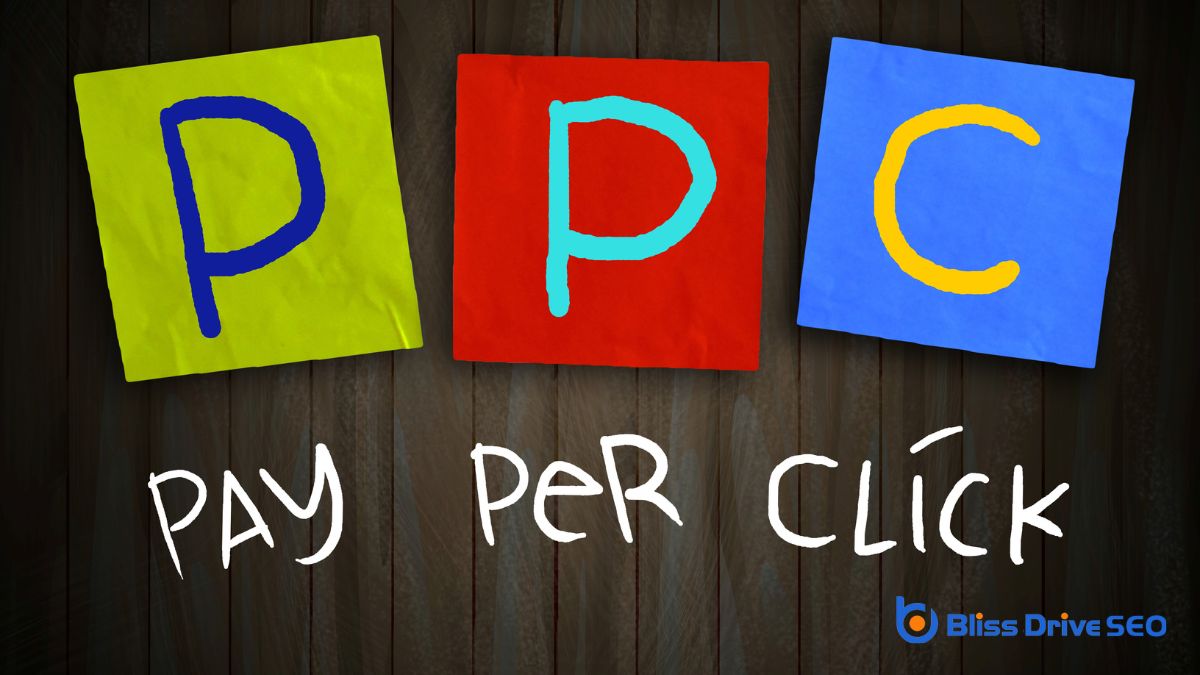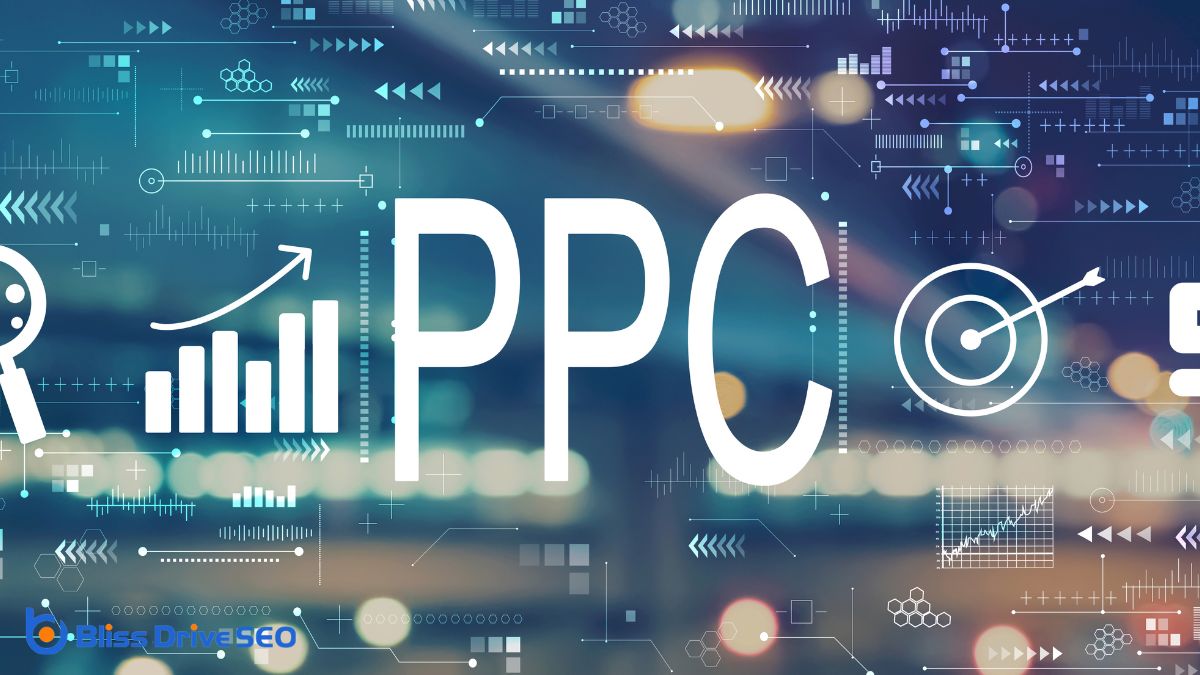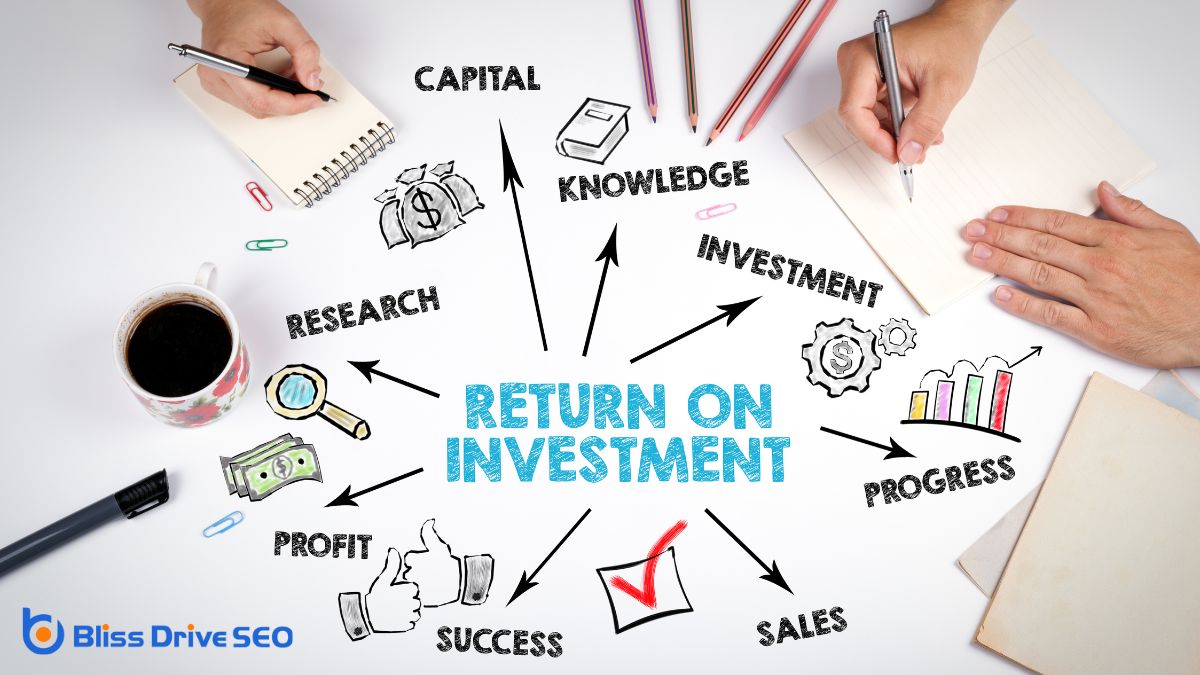Digital Marketing Services
Learn More About Us

The main purpose of PPC, or pay-per-click advertising, is to drive targeted traffic to your website by paying for each ad clicked. It allows you to reach specific audiences, control costs, and gain instant visibility. Monitoring and adjusting your campaigns helps maximize ROI. With PPC, your ads appear in search results, attracting interested users swiftly. For those interested in enhancing brand awarenessThe extent to which consumers are familiar with the qualities or image of a particular brand. and boosting online presence, there's much more to discover.

Pay-per-click (PPC)An online advertising model where advertisers pay a fee each time their ad is clicked. advertising is a powerful tool in digital marketing. It allows you to drive traffic to your website by paying a fee each time your ad is clicked. Fundamentally, it's a method to buy visits rather than organically earning them.
PPC ads appear on search engines like Google when users search for certain keywordsWords or phrases that users type into search engines to find information.. You'll set up campaigns, choose keywords, and bid on them to compete for ad placement.
Effective PPC depends on relevant keywords, compelling ad copyThe text or content of an advertisement., and a strong landing pageThe web page a user is directed to after clicking on an affiliate link, optimized for conversions.. Monitoring and adjusting your campaigns is vital to maximize return on investment.
Understanding how PPC works empowers you to control your budget and target potential customers actively, ensuring your marketing efforts are both efficient and measurable.
When you take advantage of PPC advertising, you gain the ability to target specific audiences with remarkable precision. You can reach potential customers based on demographics, interests, and even behaviors. This means your ads are shown to people who are more likely to be interested in your products or services.
You're not just casting a wide net; you're focusing on those who matter most to your business.
Utilizing features like keywords, location targeting, and audience segments, you refine your reach. You can tailor your message to fit various audience profiles, ensuring relevance and increasing the chances of engagementThe interactions that users have with a brand’s content on social media..
This targeted approach maximizes your advertising efforts, making each click more valuable. With PPC, you're not guessing who sees your ads—you're choosing.
One key advantage of PPC advertising is the control it offers over your budget. You decide how much you're willing to spend daily, monthly, or per click. This flexibility helps in optimizing your spending, ensuring you don't exceed your budget while still achieving your marketing goals. With PPC, you can pause or adjust campaigns based on performance, giving you real-time financial control.
Consider these budget control features:
| Feature | Benefit |
|---|---|
| Daily Budget Limits | Prevents overspending |
| Bid Adjustments | Maximizes ROI |
| CampaignA set of ad groups sharing a budget, targeting options, and other settings. Scheduling | Targets peak times |
Understanding these features means you can efficiently manage your advertising costs. By leveraging PPC, you're able to refine your ad spendThe total amount of money spent on advertising campaigns. continuously, making it a cost-effective choice to reach your audience without breaking the bank.
While traditional advertising methods often require time to build momentum, PPC campaigns offerThe specific product or service being promoted by affiliates. the distinct advantage of delivering immediate visibility and results.
As soon as you activate a PPC campaign, your ads can appear at the top of search engine results pages. This instant presence means potential customers can see your offerings right when they're searching for related products or services.
You don't have to wait weeks or months to gauge performance. Instead, you can quickly assess what's working and make necessary adjustments. This immediate feedback loop helps you optimize campaigns in real time, ensuring you're getting the most out of your advertising spend.
Plus, PPC's quick results can be especially beneficial for time-sensitive promotions or events, driving immediate traffic and engagement.
Although PPC is often associated with immediate results, it also plays a significant role in enhancing brand awareness and recognition. When you run PPC campaigns, your brand becomes more visible to a broader audience. Even if users don't click on your ads, they still see your brand name and message. Over time, this exposure builds brand familiarity and trust.
To illustrate the benefits of PPC for brand awareness, consider these comparisons:
| Traditional Advertising | PPC Campaigns |
|---|---|
| Limited reach | Broad reach |
| High cost | Cost-effective |
| Delayed results | Immediate exposure |
| Hard to measure impact | Easily trackable |
Driving high-quality traffic to your website is a key objective of PPC campaigns. You want visitors who are genuinely interested in your products or services, not just random clicks. To achieve this, you need to target the right audience with your ads.
By using precise keywords and demographic targetingDelivering ads to users based on their demographic information, such as age or gender., you can attract users who are more likely to convert and engage with your content. Here are some strategies to take into account:
These tactics help guarantee your PPC efforts drive valuable traffic.
To guarantee your PPC campaigns are effective, you must measure and analyze their performance regularly.
Start by tracking key metrics like click-through rate (CTR)The percentage of users who click on a specific link or CTA., conversion rateThe percentage of visitors who complete a desired action, such as making a purchase or filling out a..., and cost per click (CPC). These indicators reveal how well your ads engage potential customers.
Use tools like Google AnalyticsA web analytics service offered by Google that tracks and reports website traffic. to gather insights on user behavior and identify patterns. Don't just collect data—interpret it.
Look for trends, peaks, and drops that might indicate changes in audience interest or effectiveness. Compare current performance with past results to spot improvements or declines.

To maximize your ROI with PPC, focus on engaging a targeted audience effectively.
Use strategic keyword optimization to guarantee your ads reach the right people at the right time.
Although many strategies exist to enhance marketing efforts, targeting the right audience is essential for maximizing return on investment (ROI)A measure of the profitability of an investment, calculated by dividing the net profit by the cost o... in pay-per-click (PPC) campaigns.
You want your ads to reach people ready to engage with your brand. This means understanding your audience's needs, interests, and behaviors. Engaging the right audience guarantees your ad spend is effective and leads to higher conversionThe completion of a desired action by a referred user, such as making a purchase or filling out a fo... rates.
Here's how you can achieve targeted audience engagement:
Effective keyword optimization is a cornerstone of maximizing ROI in PPC campaigns. You want to guarantee that every dollar spent draws the right audience and converts clicks into customers.
By strategically selecting high-intent keywords, you can target users more likely to engage with your ads. It's essential to perform regular keyword researchThe process of finding and analyzing search terms that people enter into search engines. and analysis to identify which terms resonate best with your audience.
Avoid broad or generic keywords that might drain your budget without delivering results. Instead, focus on long-tail keywordsLonger, more specific keyword phrases that are less competitive and often more targeted. that reflect specific user intent. These keywords often attract more qualified leads, increasing your chances of conversion.
Don't forget to use negative keywordsKeywords that prevent ads from being shown for certain search queries. to filter out irrelevant traffic, further refining your campaign. A well-optimized keyword strategy guarantees your PPC efforts pay off.
Fundamentally, PPC advertising is your go-to strategy for achieving immediate visibility while precisely targeting specific audiences. You'll control and manage your advertising costs effectively, enhancing your brand's awareness and recognition. By driving high-quality traffic to your website, you guarantee that each click counts. Measuring and analyzing campaign performance allows you to adapt quickly and maximize your return on investment. Embrace PPC, and you're setting your business up for immediate and long-term success.
